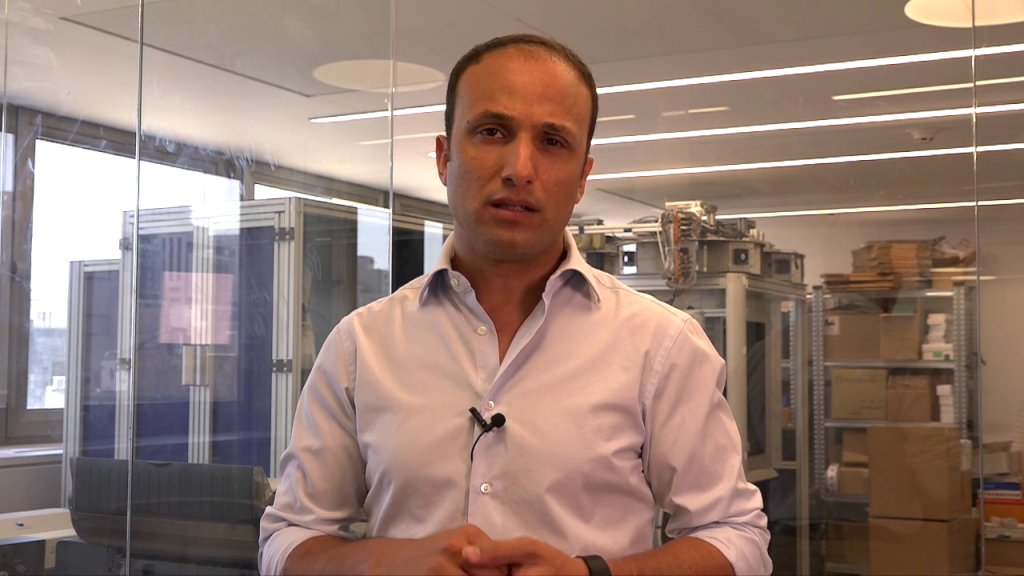This article was originally published in Fierce Healthcare.
Much of the discussion around COVID-19 has followed an important and familiar formula—social distancing, flattening the curve, quarantining, developing and rolling out vaccines, and dealing with the day after.
These measures are critical, given the acute nature of the pandemic. At this stage, the general public is practically on autopilot.
But as more people are vaccinated and we start seeing the light at the end of the tunnel, the hidden toll of this pandemic will come to light. During the pandemic, diagnostic panels and cancer screenings, usually performed during annual physical exams, fell as much as 68% nationally, along with cervical exams (68%), cholesterol panels (67%) and blood sugar tests to detect diabetes (65%).
According to the Centers for Medicare & Medicaid Services, 21% of Medicare beneficiaries have forgone non-COVID-19 related care, and 32% skipped diagnostic or medical screening (e.g. tests for chronic kidney disease, cardiovascular disease, glaucoma, hepatitis C, etc.). This means roughly 3 million people have skipped necessary medical screening.
The impact of this deferred care will be staggering, both in terms of human lives and in cost. The 3 million Medicare beneficiaries who have deferred care are chronically ill people—many with comorbidities. But the care deference rates extend far beyond people on Medicare.
Those deferring care are our parents, grandparents, friends and neighbors. While our current focus is rightly on eradicating COVID-19, we could face another health crisis in its aftermath, as millions of people with chronic conditions resume care when they are sicker and more urgently need medical attention.
It’s happened before. Previous pandemics, like SARS, have clearly shown that hospitalizations associated with chronic conditions, such as diabetes and hypertension, plummeted during the crisis but skyrocketed afterward. Missed primary care results in more frequent—and more expensive—hospitalizations down the line.
Click here to read the rest of this article at Fierce Healthcare.






